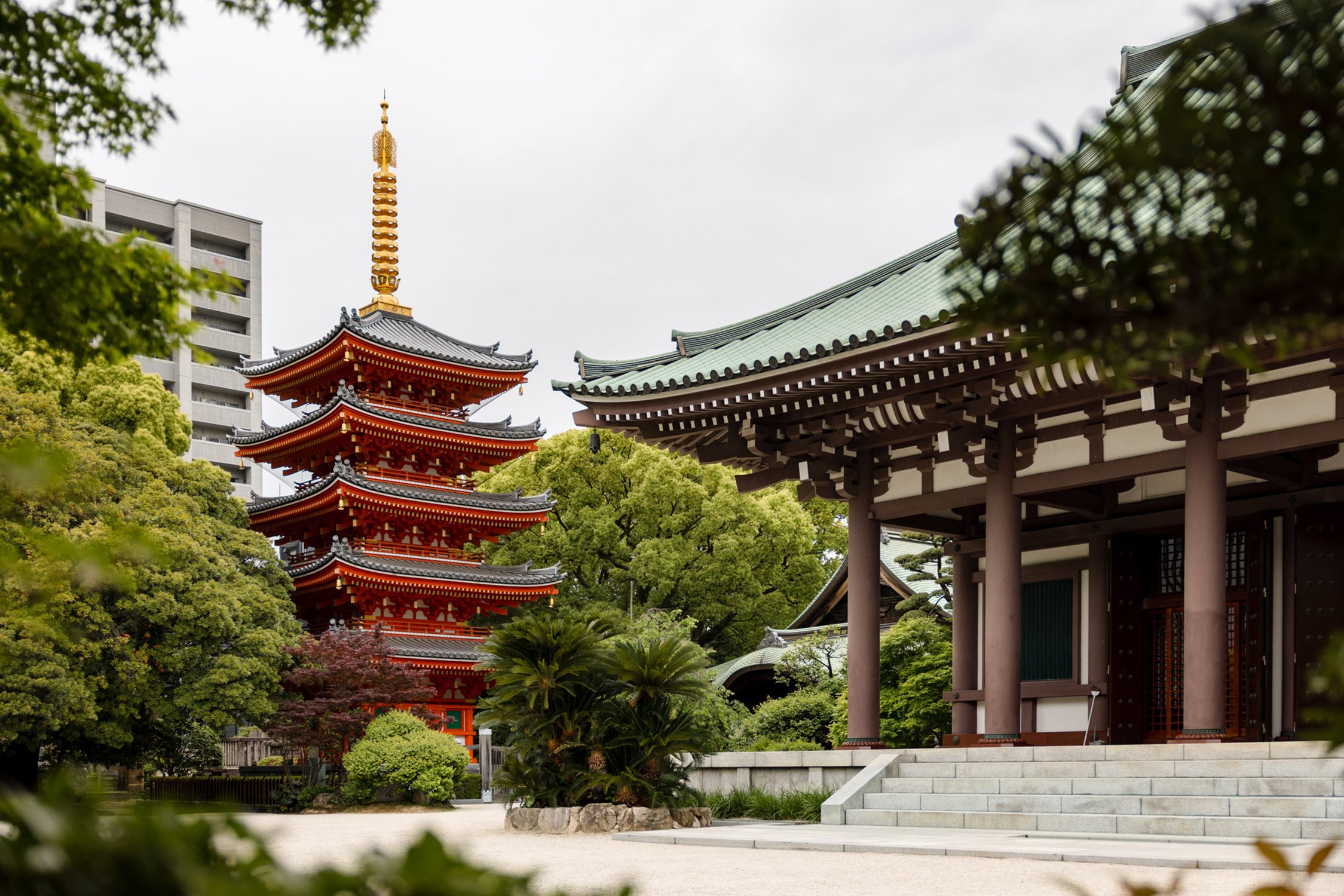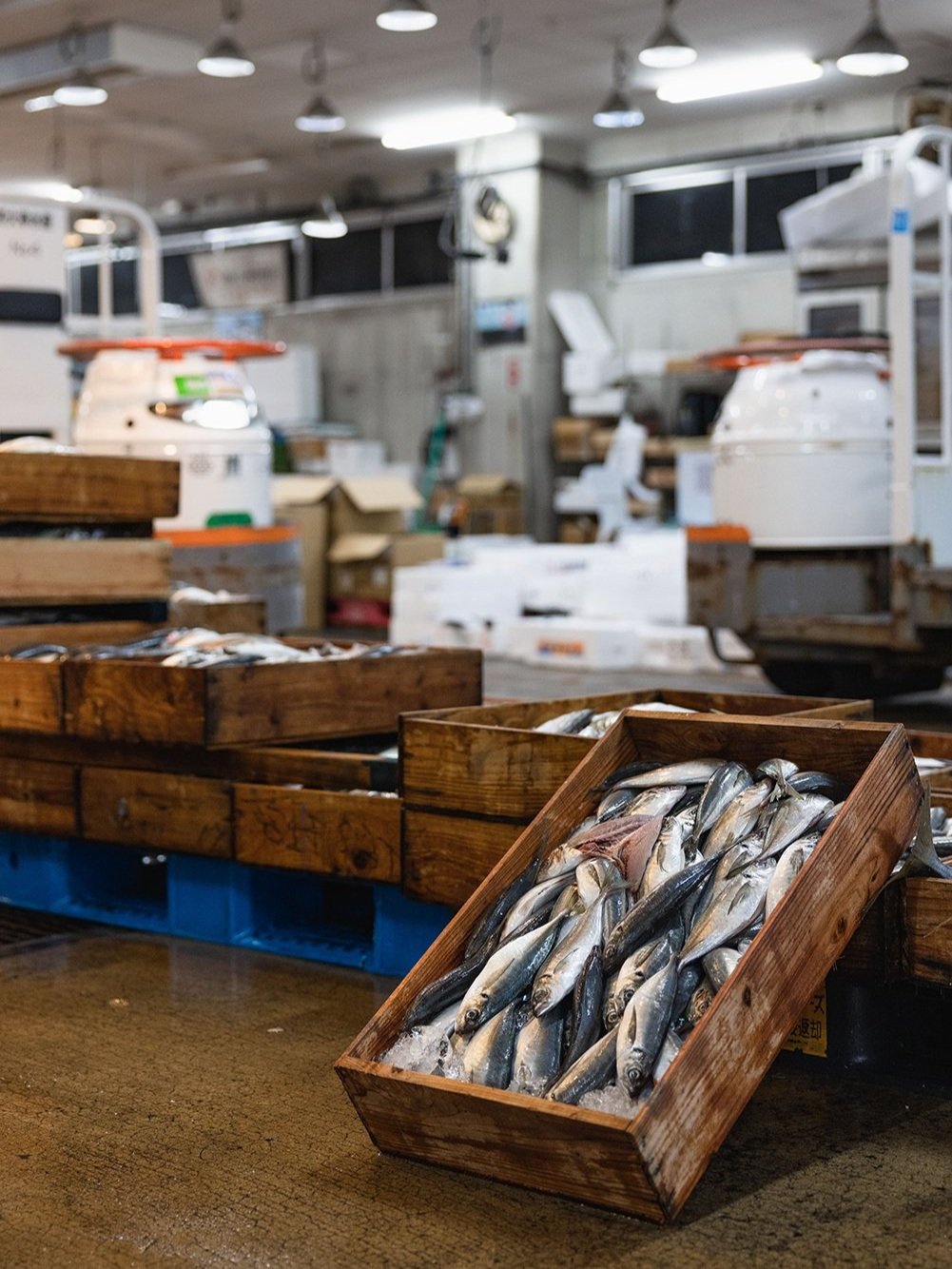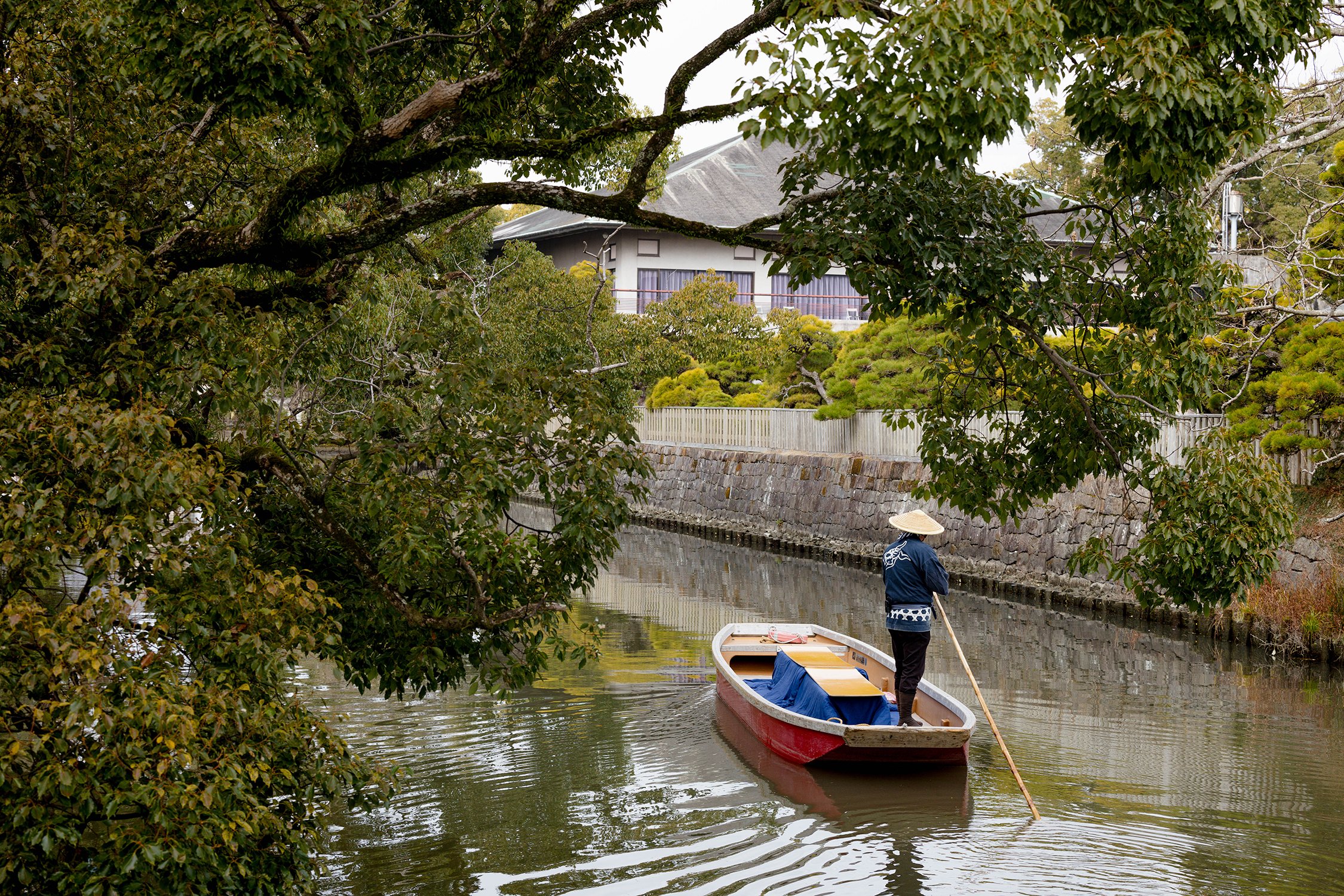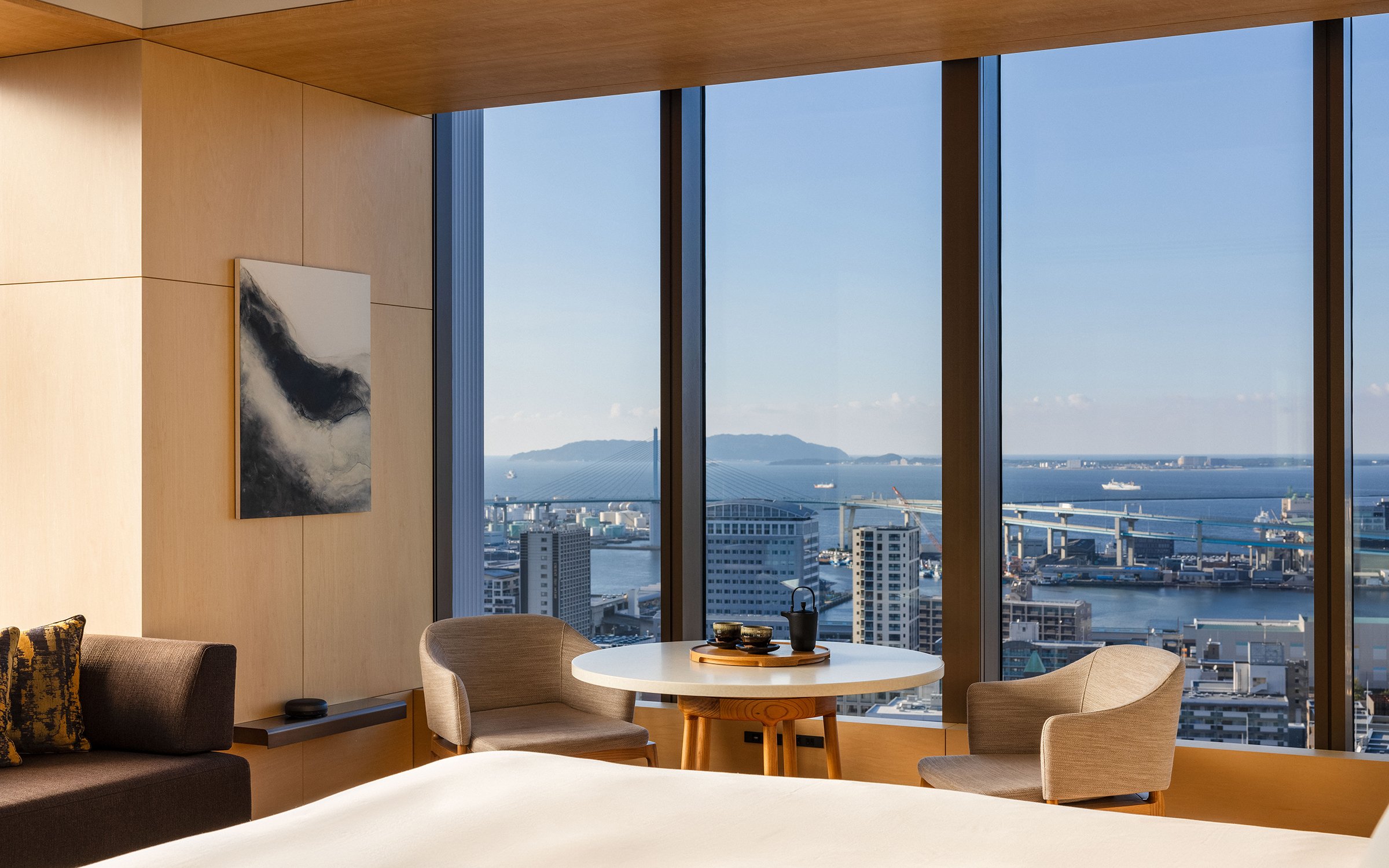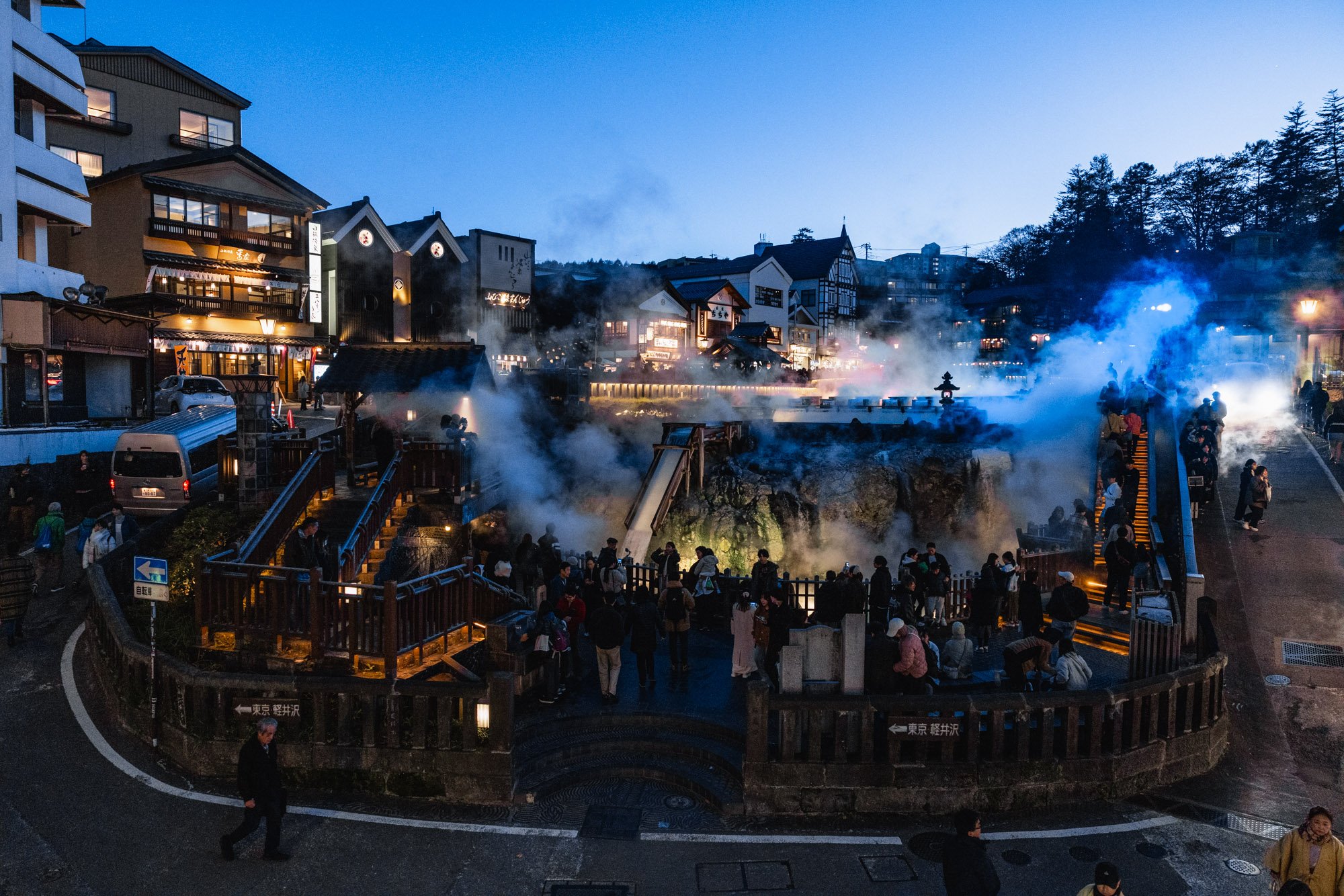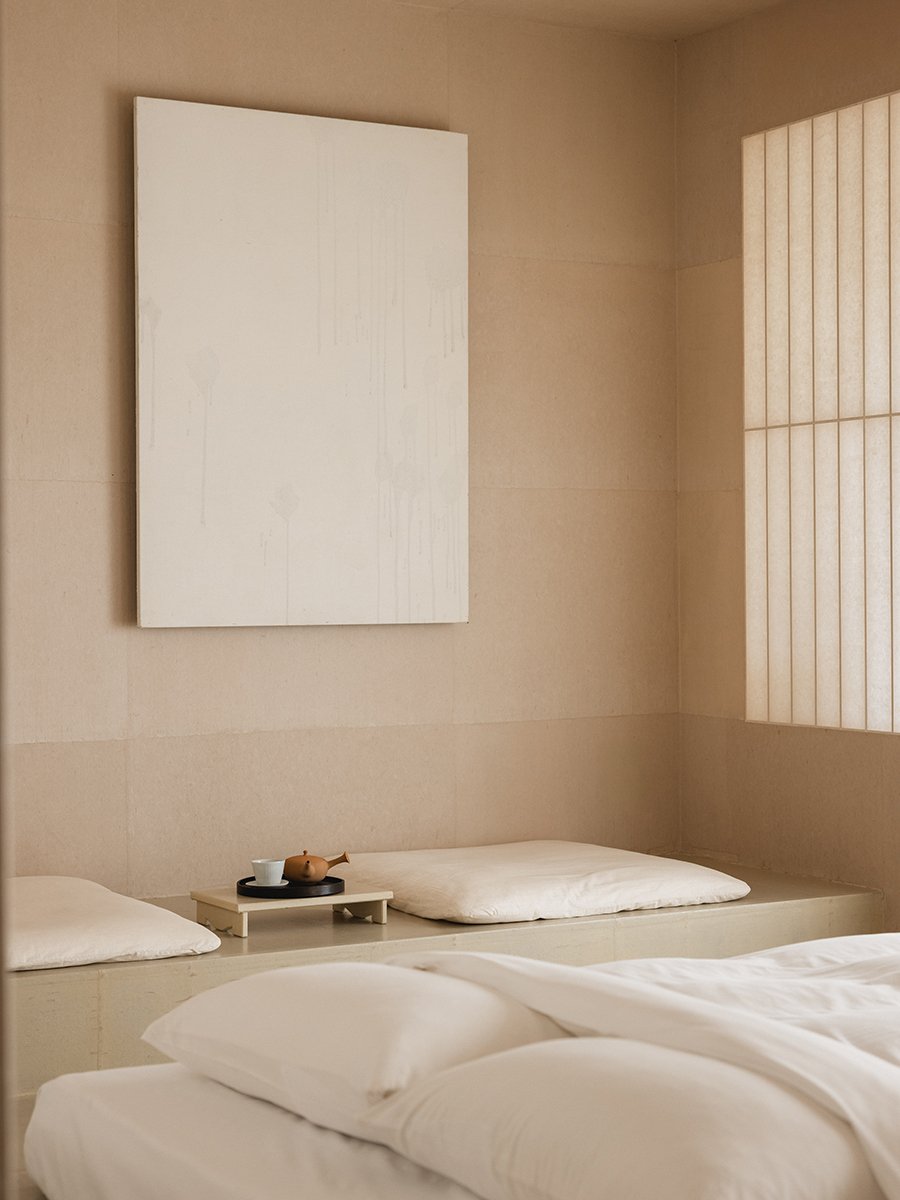Fukuoka Travel Guide: Everything You Need for a Trip to Kyushu’s Capital
It was only until around a year ago that I had yet to visit Fukuoka (and Kyushu as a whole, for that matter). I have been four times in the last 12 months. Fukuoka almost feels like a combination of some of Japan’s best and most populated cities; it’s got the transport and convenience of Tokyo, the nightlife buzz of Osaka, and the street food delights of Sapporo. With the main airport only a 10-minute taxi ride from the inner city, it’s also one of Japan’s most convenient and efficient destinations in terms of transport.
Historically known as ‘The Gateway to Asia’, Fukuoka has largely escaped the high tourism levels seen elsewhere in Japan, and that’s one of the reasons it feels so special. Local ‘yatai’ vendors line the streets drawing crowds for their famous Hakata ramen, ancient Shinto shrines pay homage to modern-day artworks, and samurai mansions are opened to the public as lodgings. Here are my top recommendations for a visit to Fukuoka.
Eat Shoulder to Shoulder with the Locals at a Yatai
Embodying Fukuoka’s street food culture, yatai are mobile food stalls that roam the city on wooden pushcarts. The Nakasu area is home to the largest fleet of yatai, with some 20 carts lining the Naka River. As the evening sets in, each yatai beckons hungry passersby with the sizzle of yakitori skewers and the simmering of Hakata ramen – culinary delights that define Fukuoka.
Visit Tochoji, the Great Pagoda Temple of Fukuoka
A significant Buddhist landmark, Tochoji Temple was founded in 806 CE, making it one of the oldest temples in the Kyushu region. A tiered pagoda tower, recently constructed in 2011, stretches to the sky to announce the temple’s otherwise humble presence. Tochoji is home to ancient Buddhist artwork, such as the Senju Kannon Bosatsu (Thousand-armed Goddess) statuette–a National Treasure of Japan – and the Fukuoka Daibutsu (Great Buddha), the country’s largest wooden Buddha statue.
Discover more about Fukuoka and hundreds of other unique destinations in my brand new guidebook, Views from Japan.
Marvel at the Festival Floats of Kushida-Jinja Shrine
Kushida-jinja is renowned for its role in the Hakata Gion Yamakasa festival, an annual event celebrated for centuries, where huge ornate floats are paraded through the streets. Kushida-jinja's central location, in the downtown Hakata district, invites both locals and visitors to immerse themselves in the city's long-standing traditions. The site itself was founded over a millennium ago, and so it stands strong as an important part of Fukuoka’s identity and cultural heritage.
Take a Stroll Along the Waterways of Ohori Park
This expansive park, which spans over 80 acres, is centred around a large, picturesque pond. Its name, "Ohori" translates to "big moat," a nod to its historical origins as part of Fukuoka Castle's defences during the Edo period. Today, the park has transformed into a modern urban retreat, featuring manicured gardens, walking paths and bridges connected across the waterways. Cherry blossoms bloom in spring, and vibrant colours paint the landscape in autumn.
Discover a Shrine dedicated to Art and Culture at Dazaifu Tenmangu
A prime stop for any cultural tour, the peaceful town of Dazaifu is respected across Japan as the home of the Dazaifu Tenmangu Shrine. For over 1000 years the shrine has stood in dedication to Sugawara Michizane, a revered poet and scholar deified as Tenjin, the patron deity of learning, culture, and the arts. As such, the shrine thrives as a center of both art and worship – Shinto priests guiding visitors through ceremonies for prayer, poetry, and the shrine’s open-air art collection.
Related Post: 10 Places to Visit in Japan for Art & Architecture
Sample Seafood Delicacies at Nagahama Fish Market
Located along Fukuoka’s waterfront, Nagahama Fish Market hosts a daily morning market where fishermen return from sea in the early hours with their catch of the day. If you are lucky you can see the fish being auctioned off to chefs and restaurant owners from around around the city. Visitors can also sample some of the freshest catch through rows of stalls selling a variety of seafood, from sashimi-grade fish and local oysters. What sets Nagahama Fish Market apart from other similar markets is how guests can interact directly with the fishermen and stall owners in a more unrestricted atmosphere.
Travel by Boat in Kyushu’s City of Water, Yanagawa
Further south, towards the Ariake Sea, is the ancient castle town of Yanagawa. Known as the Japan’s ‘City of Water’, hundreds of miles of canals interweave amongst traditional Japanese homes, willow trees, and the centuries-old villa of the Tachibana family. Visitors can enjoy a private ‘kawakuadari’ (river cruise) – sampling seasonal breakfast or a famed Yanagawa steamed eel lunch to the tune of Meiji-era poems recited by boatmen.
Learn About Kyushu’s Green Tea Traditions at Hoshino Tea Plantation
Hoshino Cha is a family-owned plantation that offers a glimpse into the rich heritage of tea cultivation. Tea leaves are grown and harvested from the Yame Valley, a serene sea of green blessed with a mild climate ideal for the delicate product. Led by Akihito Takaki, a resident of Yame with a global perspective, Hoshino Cha warmly welcomes English-speaking visitors and boasts exceptional knowledge of tea shipping and customs.
Witness the World’s Largest Bronze Statue at Nanzoin Temple
Tucked away on the outskirts of Fukuoka City, Nanzoin is easily recognized for its huge reclining Buddha statue. The temple invites you to take a short hike from the nearby Kido Nanzoin-mae Station over the “Melody Bridge” and up into the forested temple surroundings. The star attraction here is of course the horizontal Buddha, and visitors can make a wish by rubbing the statue’s feet. Decorated with intricate patterns in gold and bronze, give the feet a rub, make your wish, and place a coin in the offering box.
Where to Stay
The Ritz-Carlton, Fukuoka
The brand new The Ritz-Carlton, Fukuoka is designed to showcase Fukuoka City’s rich cultural heritage through a luxury lens. The downtown location will feature 162 kimono-inspired guest rooms and suites, six dining venues, a full-service spa, an indoor swimming pool, and a Club Lounge. Located only a fifteen-minute journey to central Hakata Station, guests can easily access the Shinkansen to continue their journey onward across Japan.
Daimyo Garden City, 2−6−50 Chuo Ward, Daimyō, 810-0041
Yanagawa Tachibana-tei Ohana
Built as a personal residence to feudal lord Sadayoshi Tachibana in 1738, Ohana is now run by 18th generation Tachibana descendents, evolving over the centuries into a designated National Site of Scenic Beauty. The Shotoen gardens, museum space, and Seiyokan tea room are open to the public, whereas visitors that stay in one of its 20 guest rooms can enjoy more exclusive offerings, such as Noh theatre performances in the lord’s mansion and world-class seafood from the Ariake Sea.
1 Shinhokamachi, Yanagawa, Fukuoka, 832-0069
Tips & Tricks for a Visit to Fukuoka
Indulge in Hakata Ramen – Fukuoka is famous for its rich Hakata-style ramen. Don't miss the opportunity to savour a bowl of pork-based broth with thin noodles and toppings.
Enjoy Fukuoka's festivals – Fukuoka hosts various festivals throughout the year, including the Hakata Dontaku Port Festival and the Yamakasa Festival. Check the festival calendar and experience the vibrant celebrations.
Experience yatai (food stalls) – Fukuoka is known for its yatai nightlife culture. Explore the yatai stalls in Nakasu and enjoy local street food, such as yakitori and mentaiko.
Take a day trip to Nanzoin Temple – Just a short train ride from Fukuoka, Nanzoin Temple is famous for its massive reclining Buddha statue and beautiful temple grounds.
Explore Dazaifu Tenmangu Shrine – Located just outside of Fukuoka, this historic shrine is dedicated to Tenjin, the god of learning. It's known for its traditional architecture and plum blossoms in spring.
Visit Yanagawa – Take a boat ride through the picturesque canals of Yanagawa, known as the ‘Venice of Japan’ and enjoy the scenic beauty of this historic town.
Cash is king – While credit cards are widely accepted, some of Fukuoka’s smaller shops and restaurants only accept cash.
Enjoy Fukuoka’s beaches – Fukuoka’s coastal location means easy access to beautiful beaches like Momochi Seaside Park.
Explore the underground – Beat the heat or rainy weather by venturing into the shopping areas beneath Fukuoka, such as Tenjin Chikagai and Hakata Underground Shopping Mall.
Rent bikes – Fukuoka is a bike-friendly city with an extensive network of cycling paths. Consider renting a bicycle for a fun, eco-friendly way to get around.
Best Time to Visit
During spring, Fukuoka has blooming cherry blossoms and mild temperatures make it an ideal time for outdoor activities and city exploring. Spring is definitely a popular time to visit, so be wary of accommodation prices and crowds. Summers are hot and humid, and are known for festivals, fireworks, and beach activities, and may be a little less crowded than Spring. Autumn features beautiful foliage, making it a great chance to explore nature, shrines, and enjoy seasonal harvest festivals. Winters are generally quieter, with fewer festivals and fewer tourists, making it ideal for those who prefer a more relaxed atmosphere.
How to Get There
Fukuoka is one of the most convenient and easily accessible destinations in Japan, with daily flights entering from many Japanese airports including Tokyo, Kansai and Sapporo, as well as a short distance from neighbouring South Korea and China. The high speed shinkansen will take you from Tokyo to Hakata Station in approximately five hours, and both the airport and central train station are a short distance from the main city. Once arriving in Fukuoka, car rental is recommended to access the more rural sights and experiences.
Affiliate Disclosure: Please note this post may contain affiliate links. By purchasing via these links, I may earn a small commission at no additional cost to you. It’s a big help to keep this site up and running and I only promote products and services that I personally use and trust. Thanks!
Looking for a More Meaningful Way to Experience Japan?
Introducing Views from Japan, a brand new travel guidebook welcoming you to join a travel community that shares a deep passion for Japan and its unique cultural traditions. Across 280 detail-packed pages, I give you all of the tools you need to create a unique and memorable trip to Japan, whether you are travelling for a solo trip, honeymoon or family adventure.



